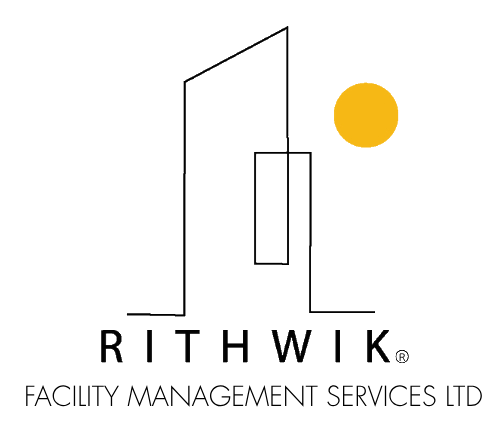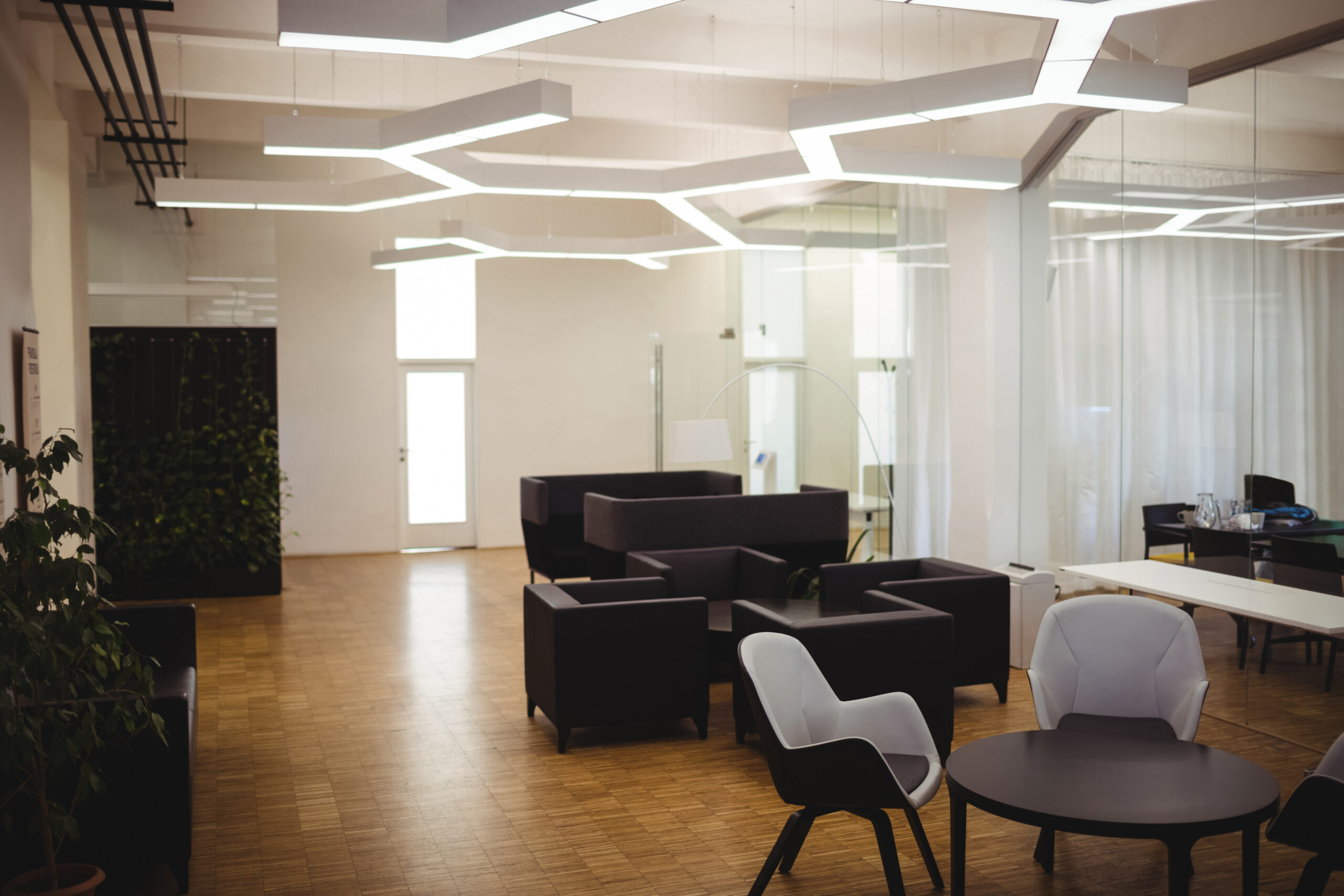Introduction
corporate interior design firms play a key role in shaping modern workplaces, especially as businesses embrace hybrid work models that combine remote and in-office work. A well-designed office can greatly impact employee engagement, efficiency, and well-being. These firms specialize in creating spaces that promote teamwork, creativity, and focus, helping employees perform at their best.
In this blog, we’ll explore how corporate interior design influences productivity in the hybrid workplace and share practical tips backed by research.
How Corporate Interior Design Improves Productivity
1. Encouraging Teamwork and Communication
Hybrid offices function as collaboration hubs. Thoughtfully designed spaces with open areas, breakout rooms, and interactive zones make teamwork easier. Corporate interior design firms add features like soundproof pods, flexible furniture, and digital collaboration tools to connect remote and in-office employees. Writable walls and interactive displays also enhance brainstorming sessions and idea-sharing. By integrating video conferencing-enabled meeting rooms, businesses can bridge the gap between remote and in-office teams, ensuring seamless communication and stronger collaboration.
2. Improving Employee Well-Being
A well-designed office includes ergonomic furniture, natural lighting, and greenery to boost employee health. Studies show that natural light can increase productivity by 15%, while ergonomic chairs reduce back pain, helping employees focus better. Wellness rooms, meditation spaces, and standing desks further improve mental and physical well-being, leading to happier and more engaged employees. Additionally, incorporating air-purifying plants and proper ventilation improves indoor air quality, reducing fatigue and enhancing concentration levels throughout the workday.
3. Creating Flexible Workspaces
Hybrid offices need to be adaptable. Corporate interior design firms use multi-functional spaces, hot-desking, and movable partitions to meet changing workforce needs. Reservable desks with digital booking systems make it easy for employees to transition between remote and in-office work, creating a smooth and efficient experience. Businesses are also implementing activity-based working (ABW), where employees can choose workspaces based on their tasks, whether they require quiet focus or collaborative discussions.
4. Minimizing Distractions
Noise and clutter can make it hard to concentrate. Smart office layouts with quiet zones, noise-reducing materials, and minimalistic designs improve focus. Research shows that an organized, clutter-free workspace can boost efficiency by up to 40%. Adding soundproof materials, private phone booths, and dedicated focus areas helps employees stay on task. Adjustable partitions and designated “deep work” spaces help prevent interruptions, giving employees the ability to work without distractions.
5. Integrating Smart Technology
Technology-driven design enhances productivity. Smart lighting, IoT-enabled workspaces, and automated temperature controls create a comfortable and efficient office environment. AI-powered workspace analytics also help businesses make better use of office space, ensuring a more functional and optimized layout. Wireless charging stations, smart desks, and virtual reality (VR) collaboration spaces further improve efficiency and innovation in the workplace, making technology a key driver of productivity.
6. Inspiring Creativity and Innovation
A well-designed office sparks creativity. Open brainstorming areas, innovation hubs, and strategic use of colors can stimulate fresh ideas. For example, blue and green promote focus and relaxation, while yellow and red boost energy and motivation. Offering different types of workspaces allows employees to choose what best supports their creativity and productivity. Interactive whiteboards, flexible seating arrangements, and vibrant color schemes encourage employees to think outside the box and generate innovative ideas.
7. Strengthening Company Culture
The office environment reflects a company’s values and culture. A well-thought-out design that includes branded elements, personalized decor, and comfortable spaces helps employees feel connected to their organization. This fosters a positive work culture, boosts morale, and strengthens team spirit. Providing designated social spaces and employee lounges promotes team bonding and enhances workplace relationships, contributing to a more cohesive work environment.
Simple Ways to Improve Productivity with Interior Design
- Create Different Work Zones: Designate quiet areas for focused work and open spaces for collaboration.
- Use Natural Elements: Add plants and maximize natural light for a refreshing work atmosphere.
- Reduce Noise Distractions: Use acoustic panels, private pods, and noise-canceling technology.
- Allow Personalization: Let employees customize their desks to feel more comfortable.
- Support Employee Wellness: Include standing desks, relaxation zones, and wellness programs.
- Upgrade Break Areas: Offer comfortable seating, entertainment options, and refreshment stations for recharging.
- Go Green: Use eco-friendly materials and energy-efficient lighting to create a sustainable workplace.
- Enhance Meeting Spaces: Design collaborative areas with smart whiteboards, video conferencing setups, and flexible seating arrangements.
- Encourage Mobility: Provide sit-stand desks and ergonomic furniture to support different working styles.
Conclusion
Corporate interior design is more than just making an office look good—it directly affects productivity, teamwork, and employee satisfaction. By partnering with experienced workspace designers, businesses can create environments that foster collaboration, creativity, and well-being. Investing in smart, flexible, and employee-friendly office design is essential for success in today’s hybrid work environment. A well-planned workspace not only boosts efficiency but also creates a healthier, happier, and more motivated workforce, leading to long-term business success.

